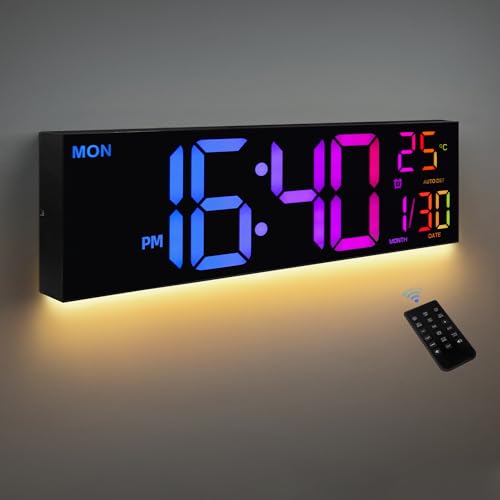Understanding the Basics of Clock Gears
Before we dive into the process of how clock gears are made, let’s first understand what they are and how they work. Clock gears are responsible for the unique ticking sound that clocks make and are essential in controlling the timekeeping mechanism. They are a type of gear that meshes with other gears to transmit power and rotation.
The Materials Used in Making Clock Gears
The most common material used in making clock gears is brass due to its excellent machinability and durability. However, other materials such as steel, plastic, and wood can also be used depending on the clock’s design and purpose. It’s essential to consider the material’s thermal expansion rate, coefficient of friction, and wear resistance when selecting which material to use.
The Process of Clock Gear Manufacturing
The process of making clock gears starts with designing the gears’ dimensions and tooth profiles using specialized software. Once the designs are finalized, the clock gears’ blank pieces are cut using either a CNC machine or a manual lathe. The teeth of the gears are then cut using a hob or broach cutter to give the needed shape and profile. After cutting, the gears are then polished and finished to achieve a smooth surface and reduce friction.
The Importance of Precision in Clock Gear Manufacturing
The precise measurement and manufacturing of clock gears are crucial for the clock’s accuracy and longevity. Small deviations in tooth profile or dimensions can affect the gears’ meshing and ultimately cause the clock to lose accuracy over time or even fail to function altogether. Therefore, clock gear manufacturers must have specialized knowledge and tools to achieve the necessary precision in their work.
The Future of Clock Gear Manufacturing
The traditional process of making clock gears involves manual labor and specialized machinery, making it a time-consuming and expensive process. However, advancements in 3D printing and digital manufacturing technologies might change the way clock gears are made in the future. It may be possible to 3D print custom clock gears precisely to required specifications, thus reducing costs and lead time. Nonetheless, precision remains a critical factor in clock gear manufacturing, and it’s up to manufacturers to keep up with the latest technologies and techniques.






